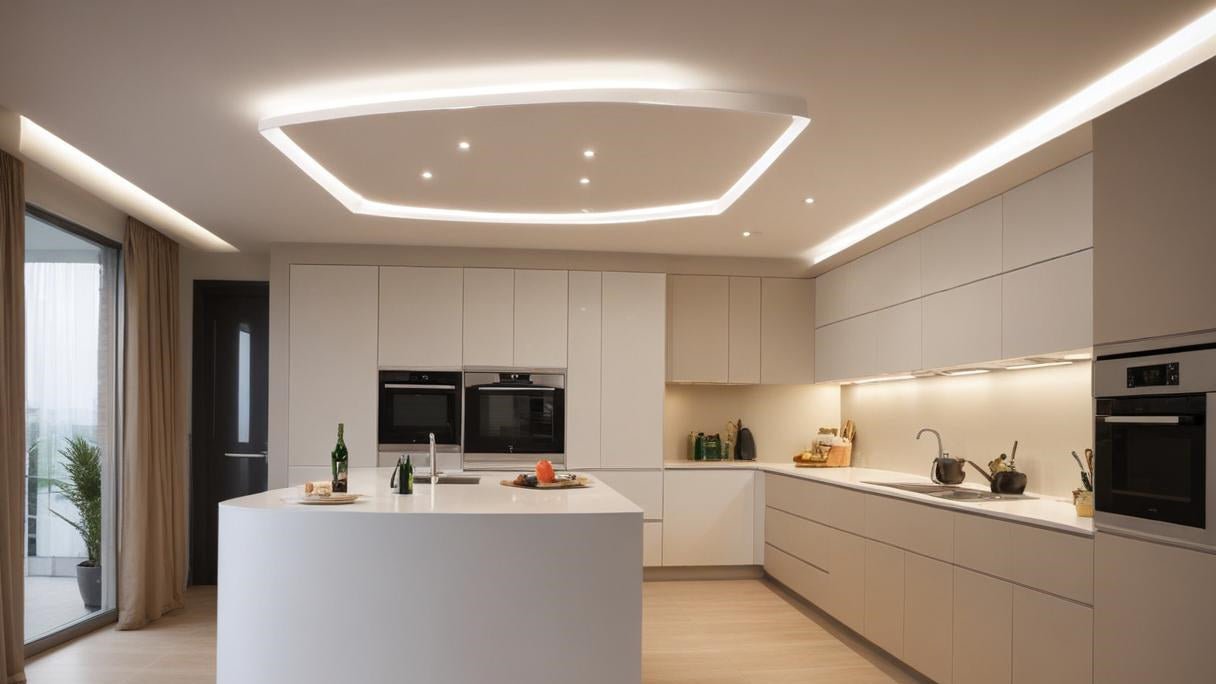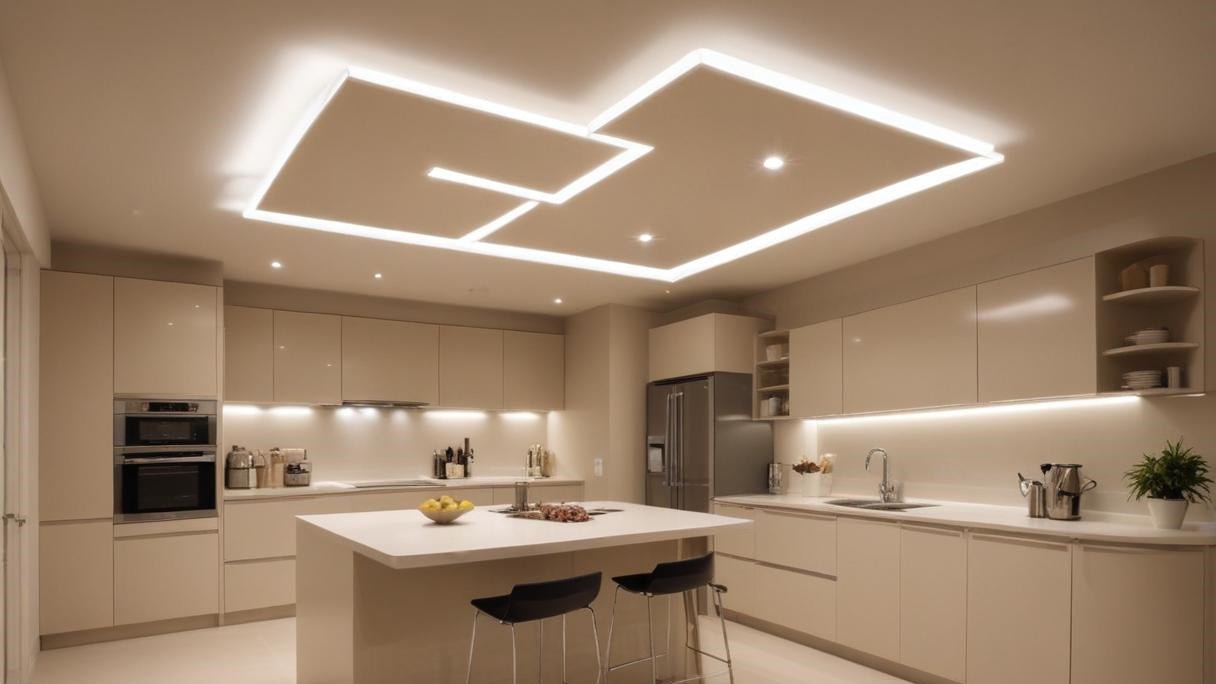In the quest for better lighting solutions, LED ceiling lights have emerged as a popular choice due to their energy efficiency and long lifespan. However, as with any technological advancement, concerns about their impact on health—particularly eye health—have arisen. This article investigates whether LED lights are detrimental to your eyes and explores the factors that influence their safety.
Understanding LED Lighting
LED (Light Emitting Diode) technology uses semiconductors to produce light when an electric current passes through them. This process is highly efficient, producing bright illumination with minimal energy consumption. LED ceiling lights are praised for their durability and versatility, offering a wide range of color temperatures and styles. Despite these benefits, there are lingering questions about their potential effects on eye health.
Potential Risks of LED Ceiling Lights
1. The Blue Light Concern
LED lights are known for their blue light emission. Blue light has a higher energy and shorter wavelength compared to other colors in the spectrum.
- Eye Fatigue and Strain: Prolonged exposure to blue light can contribute to digital eye strain. Symptoms include dry eyes, blurred vision, and discomfort, particularly when using screens or working under bright LED lights for extended periods.
- Long-Term Retinal Health: There is ongoing debate about whether long-term exposure to blue light from LEDs might increase the risk of retinal damage and age-related macular degeneration. While some studies suggest a potential risk, the everyday exposure levels from LED ceiling lights are generally considered to be low.
2. Glare and Visual Discomfort
The intensity and directionality of LED light can sometimes cause issues.
- Glare: Direct exposure to high-intensity LED lights can create glare, which makes it difficult to see clearly and can lead to discomfort. This is especially problematic in settings where precise vision is necessary, such as reading or computer work.
- Flicker: Certain LED ceiling lights may exhibit flicker, which is not always visible but can lead to headaches, eye strain, and general visual discomfort for sensitive individuals. Modern LEDs often include technology to minimize flicker, but not all products are designed with this in mind.

Benefits of LED Ceiling Lights for Eye Health
1. Adjustable and Flexible Lighting
- Brightness Control: Many LED ceiling lights come with dimming features, allowing users to adjust the light intensity. Lowering brightness can help reduce eye strain, especially in the evening or during prolonged use.
- Color Temperature Selection: LEDs are available in various color temperatures, from warm to cool. Warm light (2700K-3000K) creates a cozy atmosphere, while cooler light (4000K-5000K) is beneficial for tasks requiring better visibility. Choosing the right color temperature for different activities can enhance visual comfort.
2. Reduced UV and IR Radiation
- Lower UV Emission: Unlike traditional incandescent and fluorescent bulbs, LED lights emit very little ultraviolet (UV) radiation. UV radiation can contribute to eye damage over time, making LED lights a safer choice in this regard.
- Minimal Heat Production: LEDs produce significantly less heat compared to incandescent bulbs. This reduced heat emission decreases the risk of heat-related eye discomfort.
3. Improved Light Quality
- Uniform Illumination: High-quality LED ceiling lights provide even and consistent illumination. This can reduce the likelihood of eye strain compared to lighting that is uneven or harsh.
- Enhanced Color Rendering: LEDs often offer superior color rendering, making colors appear more vibrant and true-to-life. This is particularly useful for tasks that require accurate color perception, such as painting or designing.
Guidelines for Safe LED Light Use
To maximize the benefits and minimize potential risks associated with LED ceiling lights, consider the following tips:
- Opt for High-Quality LEDs: Invest in LED ceiling lights from reputable manufacturers known for their quality and reliability. High-quality LEDs are designed to reduce flicker and glare.
- Adjust Lighting Appropriately: Use dimmable LED lights to tailor brightness levels to different tasks and times of day. Avoid overly bright lighting, especially in the evening.
- Utilize Diffusers: Employ diffusers or shades to soften direct light and reduce glare, enhancing visual comfort.
- Take Eye Breaks: For prolonged exposure to artificial lighting, including LED lights, follow the 20-20-20 rule to alleviate eye strain: every 20 minutes, look at something 20 feet away for at least 20 seconds.
Conclusion
While LED ceiling lights offer numerous advantages, including energy efficiency, reduced UV radiation, and adjustable brightness, concerns about blue light, glare, and flicker persist. By understanding both the potential risks and benefits, and by choosing high-quality products and using them appropriately, you can enjoy the advantages of LED ceiling lights while minimizing any negative impact on your eye health. LED lighting, when used wisely, can provide a safe and effective solution for your lighting needs.


































Leave a comment
This site is protected by hCaptcha and the hCaptcha Privacy Policy and Terms of Service apply.